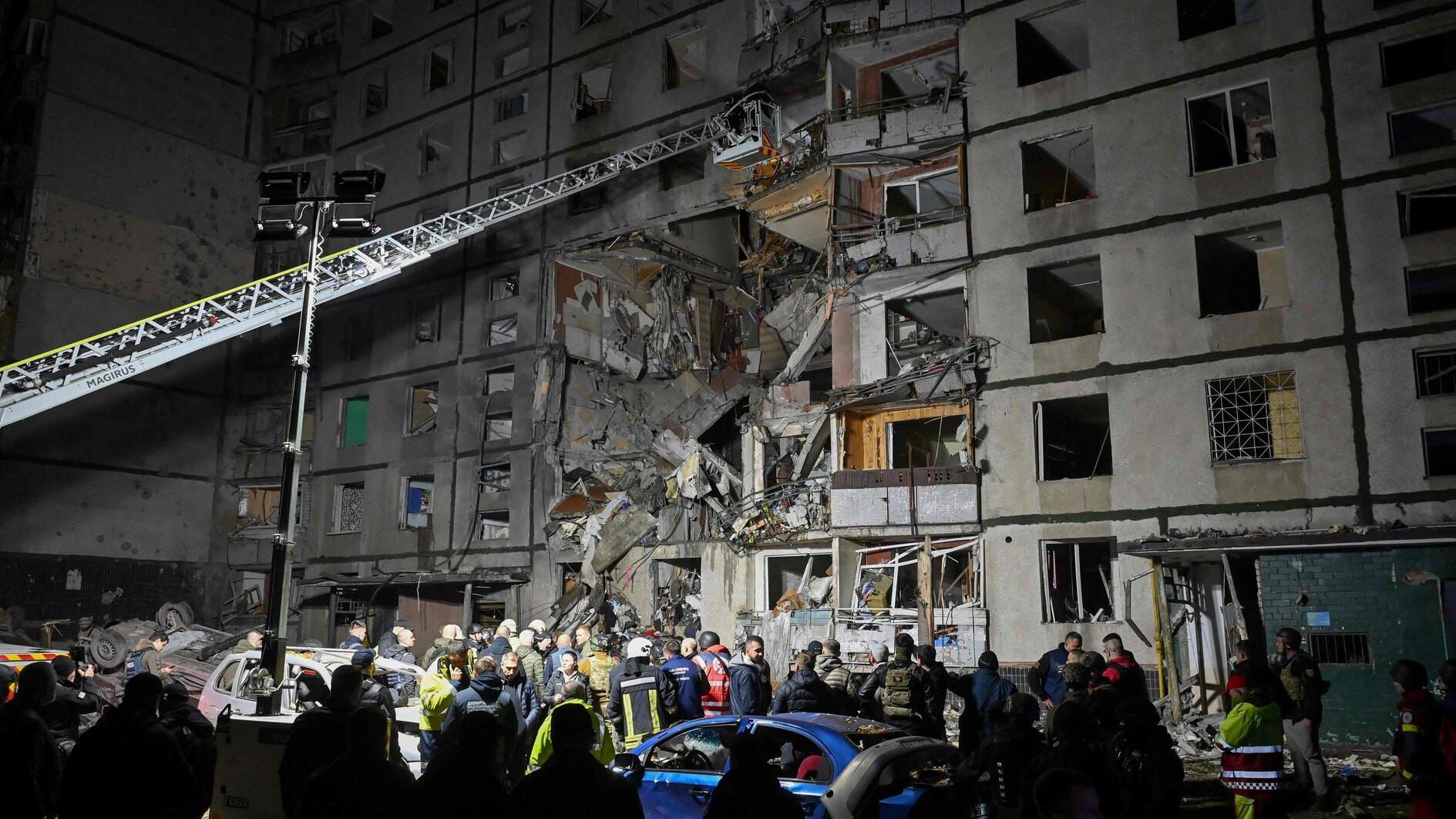Scientists find spot where Caesar died
MADRID - Agence France-Presse

This photo shows the site where scientists say they believe they have found the exact spot in Rome where Julius Caesar may have been assassinated in 44 BC. AFP photo
Archaeologists said on Oct 10 they believe they have found the exact spot in Rome where Julius Caesar was stabbed to death on March 15, 44 BC.The stabbing of the dictator by Roman senators was recorded by ancient historians and dramatized by William Shakespeare who gave Caesar the last words: “Et tu Brute? Then fall, Caesar.” Now, a team from the Spanish National Research Council say they have unearthed evidence that, they believe, reveals precisely where the attack took place.
They say they have found a concrete structure, three meters wide and two meters high, that was erected by his adoptive son and successor, Augustus. After taking power himself, Augustus ordered the structure be placed exactly over the place where the attack took place so as to condemn the slaying of his father, the scientists said.
“This finding confirms that the general was stabbed right at the bottom of the Curia of Pompey while he was presiding, sitting on a chair, over a meeting of the Senate,” the Spanish research council said in a statement.
The Curia of Pompey was a closed space used sometimes for senate meetings at the time. The building’s remains are in the Torre Argentina archaeological site in the center of Rome. What the archaeologists found was not the spot where Caesar died but the point where he must have been stabbed and fell, Spanish council researcher Antonio Monterroso told AFP.
“We know this because there is a structure that seals the place where Caesar must have been seated presiding over the senate session where he was stabbed,” he said.
“There is a structure from the later period of his successor, the period of Augustus, placed where Caesar must have sat, and that is how we know.” A comparison of the archaeological remains and the ancient texts led the researchers to their conclusion, said Monterroso, a member of the Institute of History of the Centre for Humanities and Social Sciences.
It was impossible to know if Caesar died in the same place, however, the researcher said. “From there the body was taken to the Roman Forum for his veneration and then it was cremated,” Monterroso said.”We don’t know if he died in that instant or if he died hours later.”
















